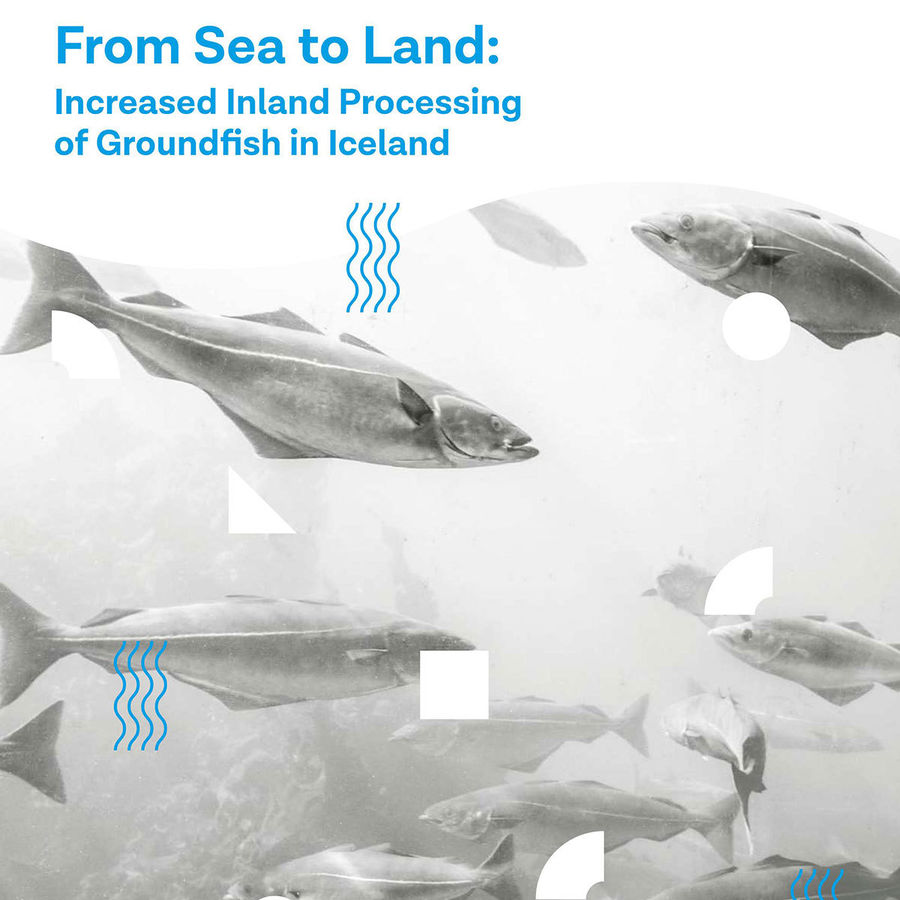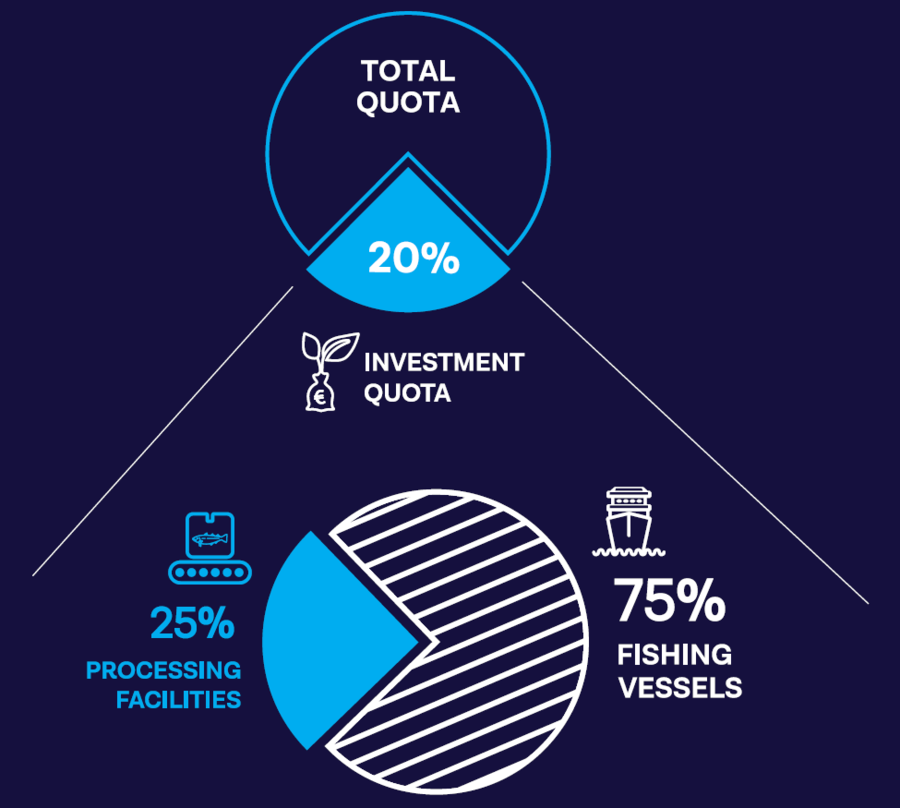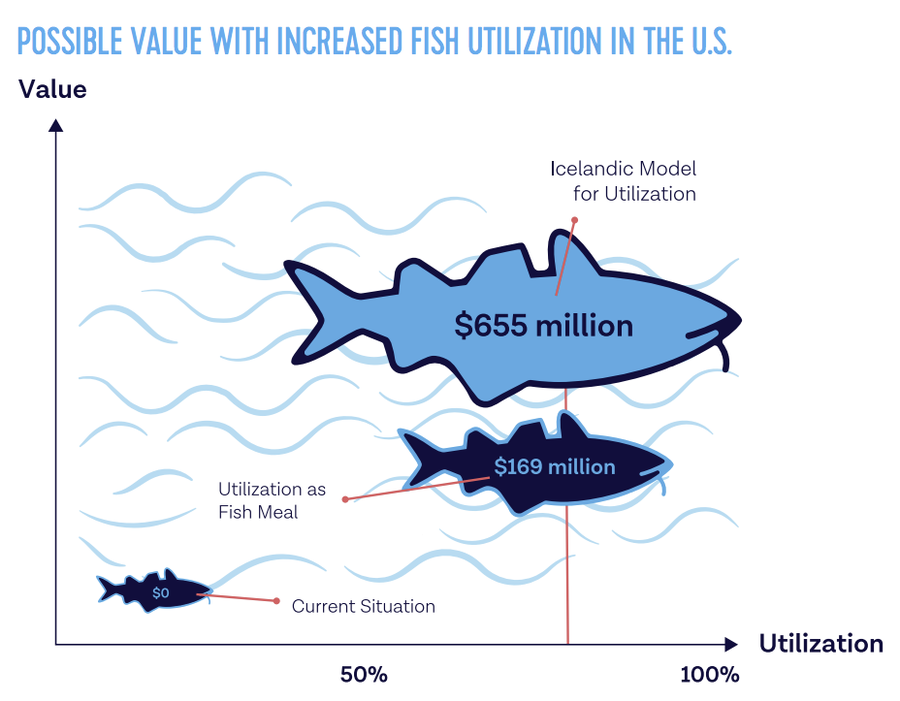Útgáfa
Fyrirsagnalisti
From Sea to Land: Increased Inland Processing of Groundfish in Iceland

Groundfish processing in Iceland has increasingly moved from sea to land in recent years. This is evidenced by a change in the fishing fleet composition and landed catch. Since 2010, the number of freezer trawlers has decreased by 43% and the portion of landed cod by freezer trawlers has gone down by 9.5%. Furthermore, four wet fish trawlers have been added to the fleet and the fleet's portion of landed cod has increased by 9%. This development in groundfish processing stems from several sources, but chiefly from the incentive of greater economic efficiency, viz. higher prices for fresh fish as well as lower labor costs (relative to revenue) and higher EBITDA of vertically integrated companies. Other major contributing factors in this progression include a resource tax and technological advancements.
Read PDFThe Russian Seafood Modernization

Fishery technology in Russia has long lagged behind that of other competing nations, especially in the North Atlantic. After years of technological divergence, however, the tide now seems to be turning in Russia. The country, which has the fourth longest coastline in the world, recently put an ambitious strategy in place to modernize its seafood sector, allocating massive resources to all areas of the industry, from infrastructure to fish processing. An investment quota mechanism was also established. This has created large opportunities for companies involved in fishery technology. Russia's grand plan for its fishing industry signals to other seafood nations that the future of fishing lies in technology and that if a large nation can revitalize its fishing industry, then others can too.
Read PDFThe U.S. Seafood Industry and Utilization of By-Products

The U.S. is an important market for seafood, being the fifth largest producer and exporter of seafood in the world and the largest importer. Despite its global significance, there are still opportunities for enhancements within the U.S. fishing industry, especially with regard to fish utilization. At least 1.5 million metric tons of fish by-products are discarded in the U.S. per annum, resulting in a value loss of potential $655 million. By increasing the utilization of fish and fish by-products, significant value can be salvaged from the supply chain in the U.S. seafood industry.
Read PDF